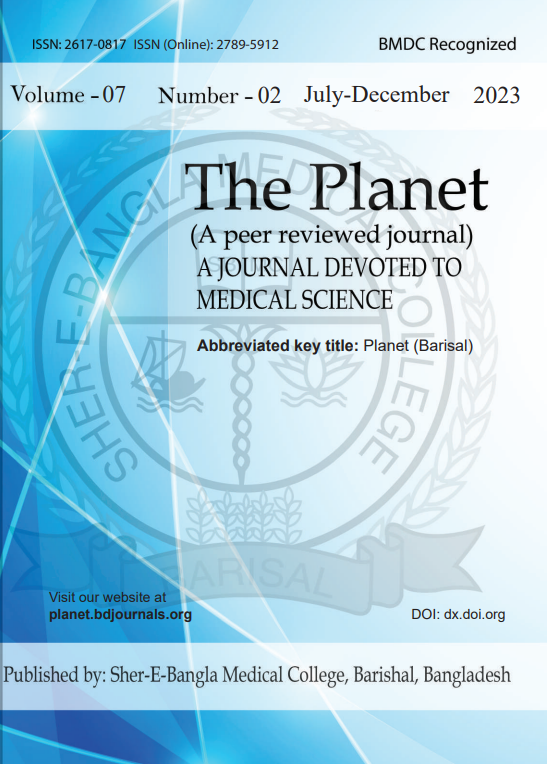Abstract
Introduction: Preterm birth and low birth weight (LBW) contribute significantly to neonatal mortality and morbidity, particularly in resource-limited settings. Tactile Kinetic Stimulation (TKS) and Kangaroo Mother Care (KMC) are non-pharmacological interventions with potential to improve neonatal outcomes, but comparative data on their effectiveness remain limited. Methods & Materials: A randomized controlled trial was conducted at Dhaka Shishu (Children) Hospital from January 2019 to December 2020, involving 73 neonates (gestational age 28–33 weeks; birth weight 1200–1800 g). Data on weight, length, heart rate, temperature, and time to achieve full feeding were collected. Statistical analyses were conducted using SPSS v20.0, with p-values <0.05 considered significant. Results: Both groups achieved comparable outcomes across all measured parameters. Time to achieve full feeding was similar (Group A: 5.63 ± 2.63 days; Group B: 5.50 ± 2.50 days; p=0.48). Weight and length increments over 21 days did not differ significantly (final weight: Group A: 2080.94 ± 152.87 g vs. Group B: 2038.57 ± 68.43 g; p=0.21; final length: both groups: 44.35 cm; p=0.42). Clinical stability parameters, including heart rate and temperature, were comparable across both groups. Length of hospital stay was similar (Group A: 32.34 ± 2.57 days; Group B: 31.68 ± 2.66 days; p=0.28). Conclusion: TKS and KMC are equally effective in improving neonatal outcomes among preterm LBW infants. Both interventions are feasible, cost-effective, and suitable for implementation in resource-constrained settings. Further studies are needed to explore their long-term impacts on development and health.

This work is licensed under a Creative Commons Attribution 4.0 International License.
Copyright (c) 2024 The Planet


 PDF
PDF